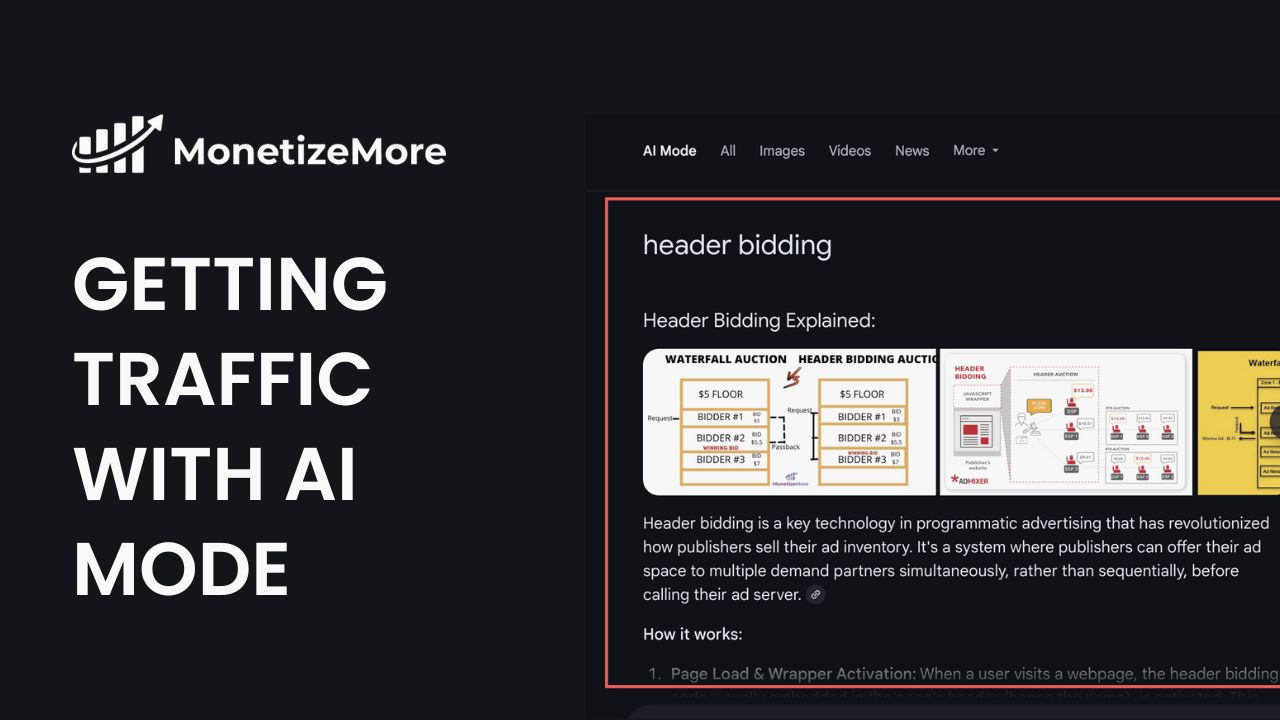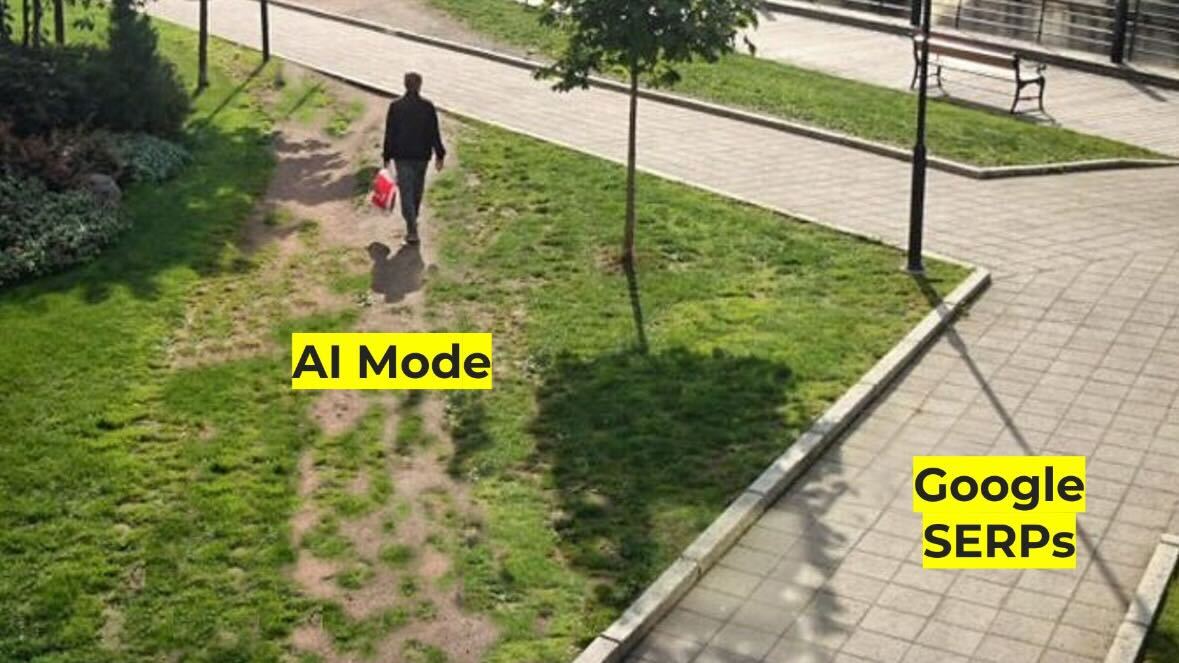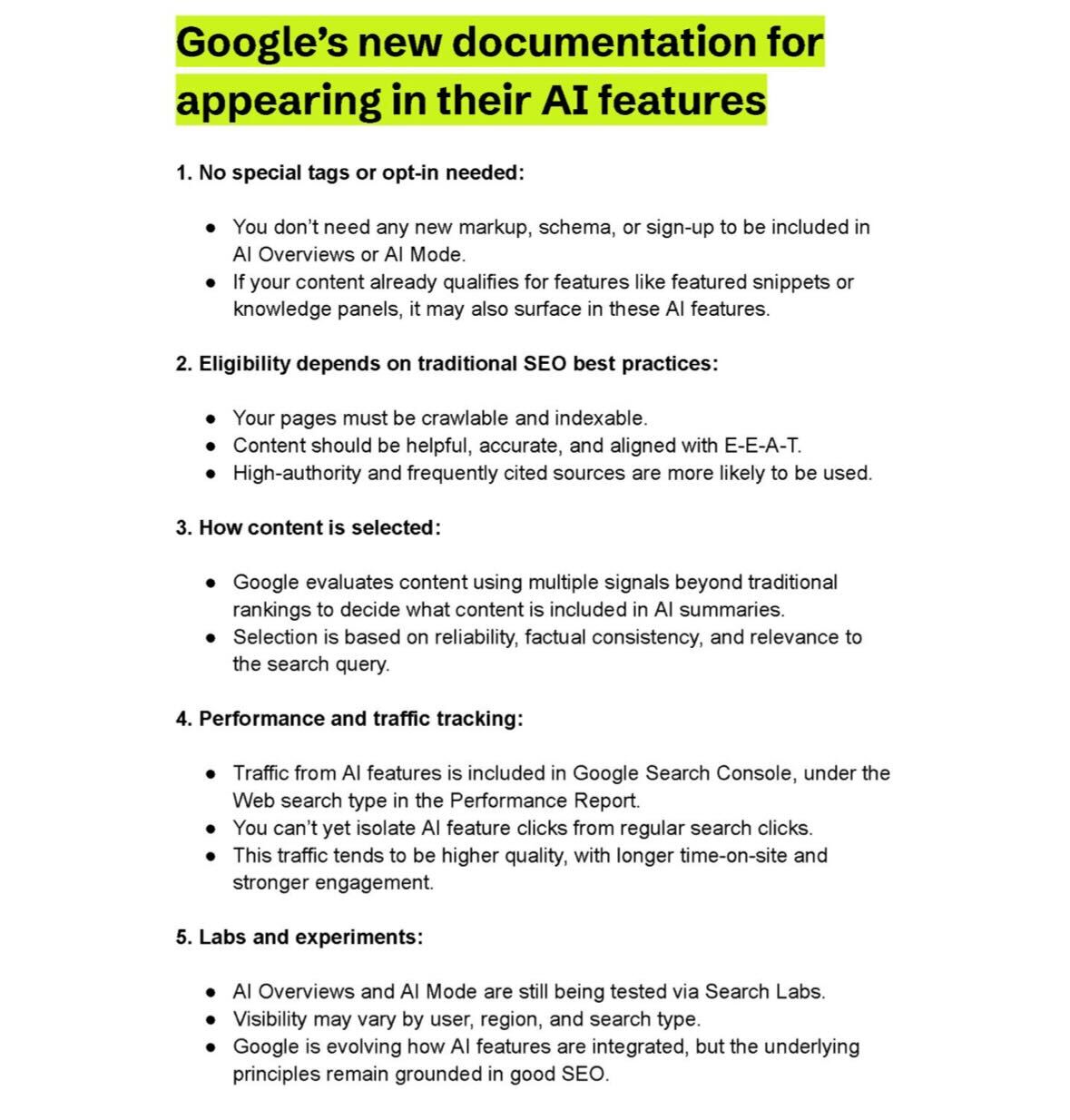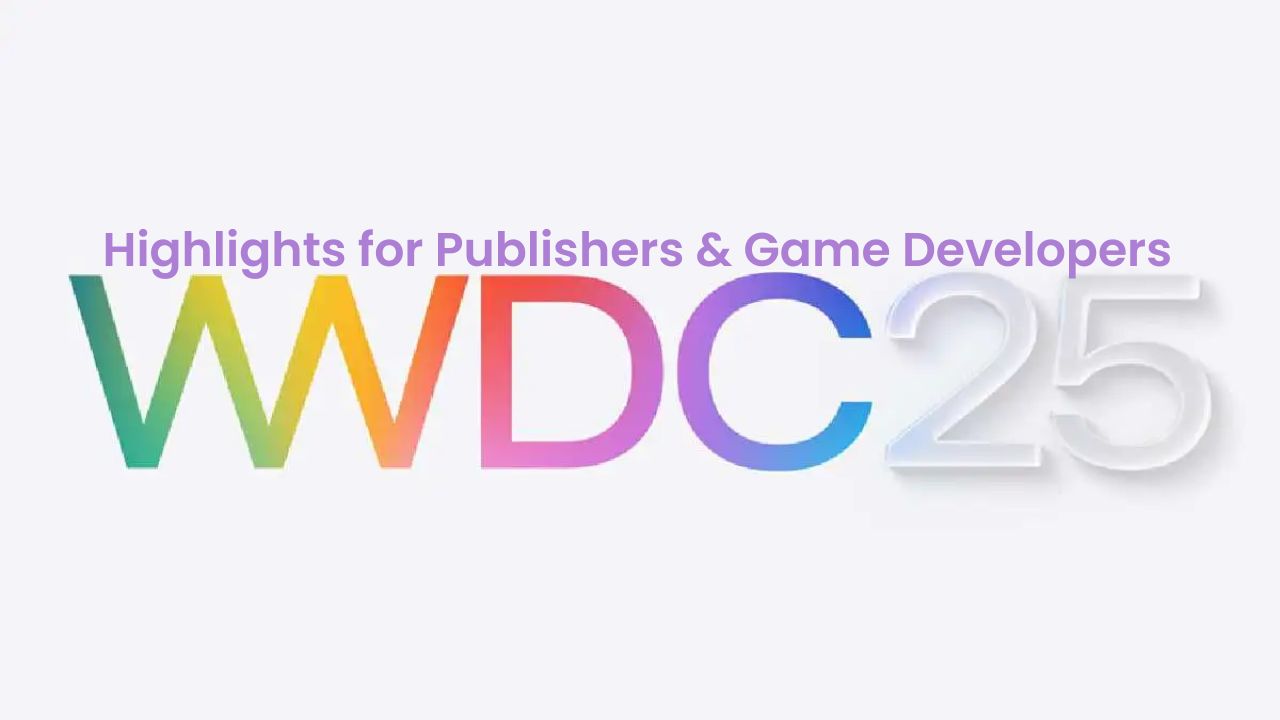
This post was most recently updated on June 4th, 2025
Your Google traffic evaporated overnight. You followed the rules. You published great content. You built links. You optimized.
Now? Crickets.
AI Mode doesn’t “rank” pages; it synthesizes answers from passages across 50+ sources. Your beautifully crafted 3,000-word guide? Reduced to a 12-word soundbite and or ignored altogether.
Getting quoted by Gemini means NOTHING if users don’t click, remember you, or buy.
→ Your new KPI: Brand recall, conversions, and direct traffic. Stop chasing vanity.
Remember when driving traffic to your site was the ultimate goal? Those days might be numbered. AI-powered search is flipping the script; instead of sending users to your content, it’s shoving snips of it to them through AI mode.
Google’s AI Overviews (and similar features from competitors) are designed to keep users inside search results, answering questions on the spot. That means fewer clicks, fewer visits, and, most critically, fewer ad impressions.

Early reports from publishers are alarming. Some see click-through rates (CTRs) plummeting by up to 44% as AI extracts key info and serves it directly in search.
And here’s the kicker: tracking this content usage is nearly impossible as it is marked as direct traffic in Google Analytics 4. AI Mode doesn’t always cite sources, and even when it does, traffic doesn’t follow.
This isn’t just about changing search, it’s about replacing the need to leave Google at all.
It’s a brutal shift. Google built the highway, drew the map, and now they’re generating the scenery. Everyone else? Stuck in the slow lane, paying tolls for diminishing returns.
Stage 1: User Interaction: User enters a query. AI Mode accesses persistent user context (past searches, clicks, location, Gmail data, etc.) to understand underlying intent and personalize. Google then instantly generates 20-50 hidden sub-queries depending on the query.
Stage 2: Google ignores your entire page. Instead:
Stage 3: User Embeddings (The Personalization Black Box)
Google crunches your:
Stage 4: Google’s AI doesn’t “answer”; it builds arguments:

| Vanity Metric | Real Metric | How to Measure It |
|---|---|---|
| Keyword Rankings | Passage Visibility | Custom scraping + NLP |
| Organic Clicks | Brand Search Volume | Google Trends + GA4 |
| “Rich Result” CTR | Direct Traffic / Conversions | UTMs + CRM data |
Tools won’t save you yet. Start with:
Build 3 NON-Google assets in the next 90 days:
→ AI Mode can’t steal what it can’t access.
In a world of AI-generated sludge:
“People remember how you made them feel; not the 37th ‘How to Start a Blog’ snippet Gemini scraped.”
The question isn’t whether AI search will disrupt publishing; it already has. The real question is: How do you adapt?
One thing’s clear: The rules of the game have changed. And if publishers don’t act fast, they risk becoming roadkill on Google’s AI-powered highway.

With over ten years at the forefront of programmatic advertising, Aleesha Jacob is a renowned Ad-Tech expert, blending innovative strategies with cutting-edge technology. Her insights have reshaped programmatic advertising, leading to groundbreaking campaigns and 10X ROI increases for publishers and global brands. She believes in setting new standards in dynamic ad targeting and optimization.



10X your ad revenue with our award-winning solutions.